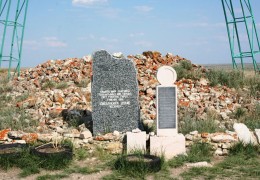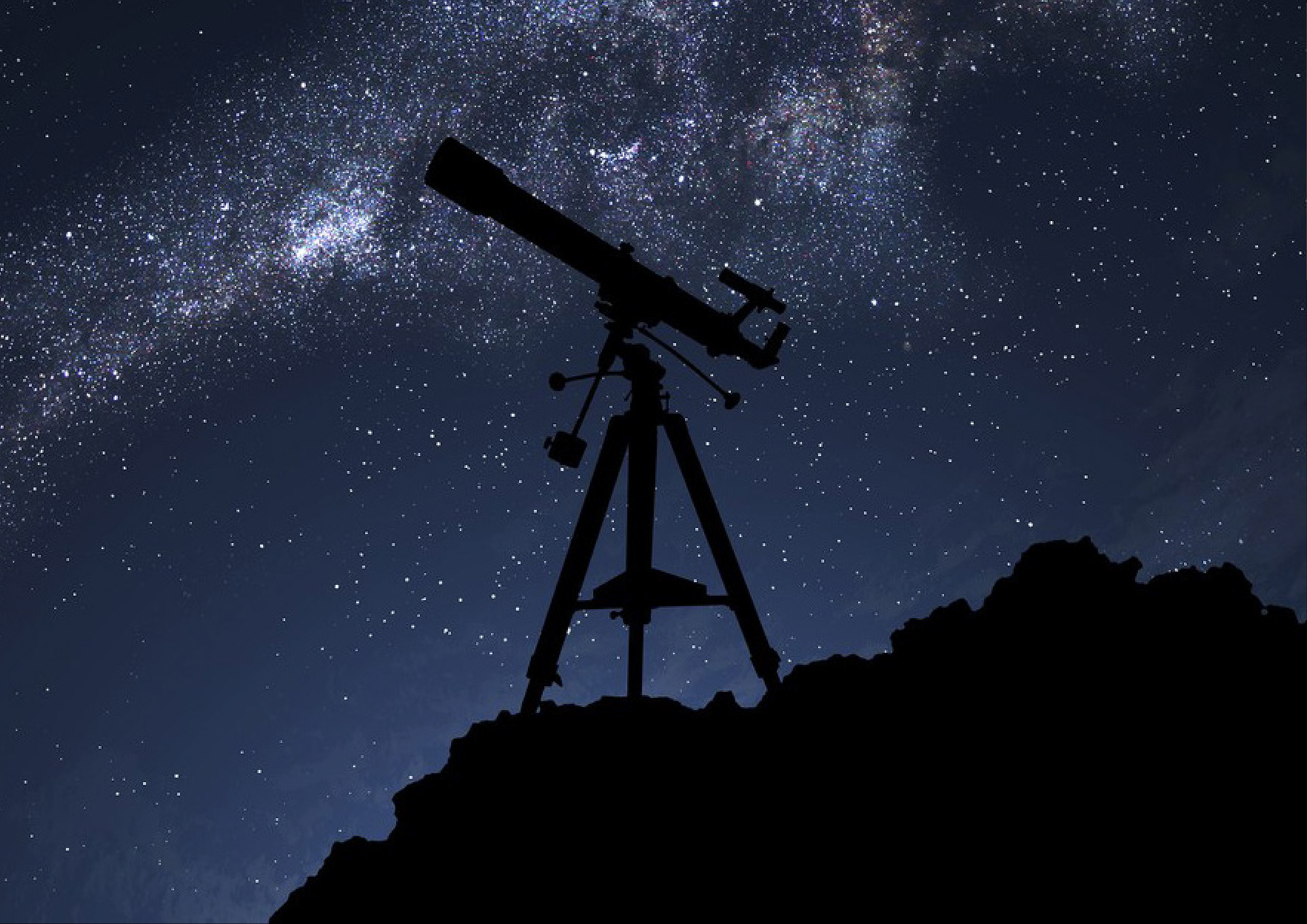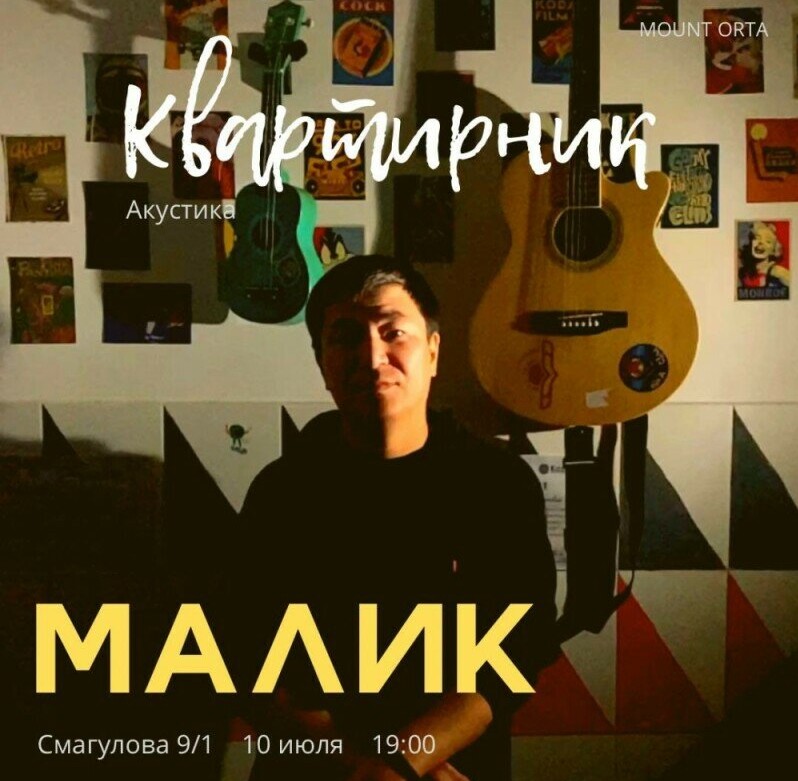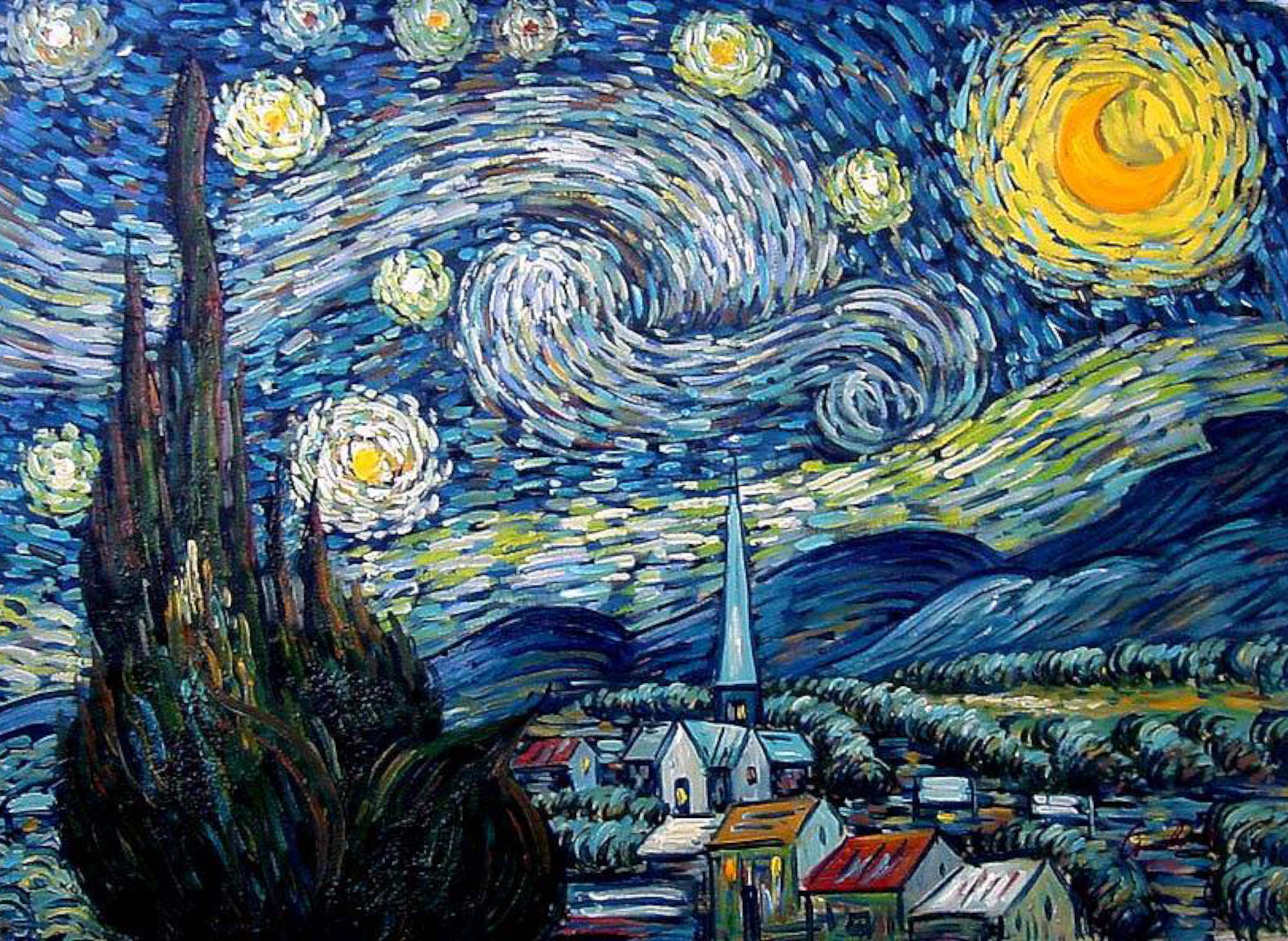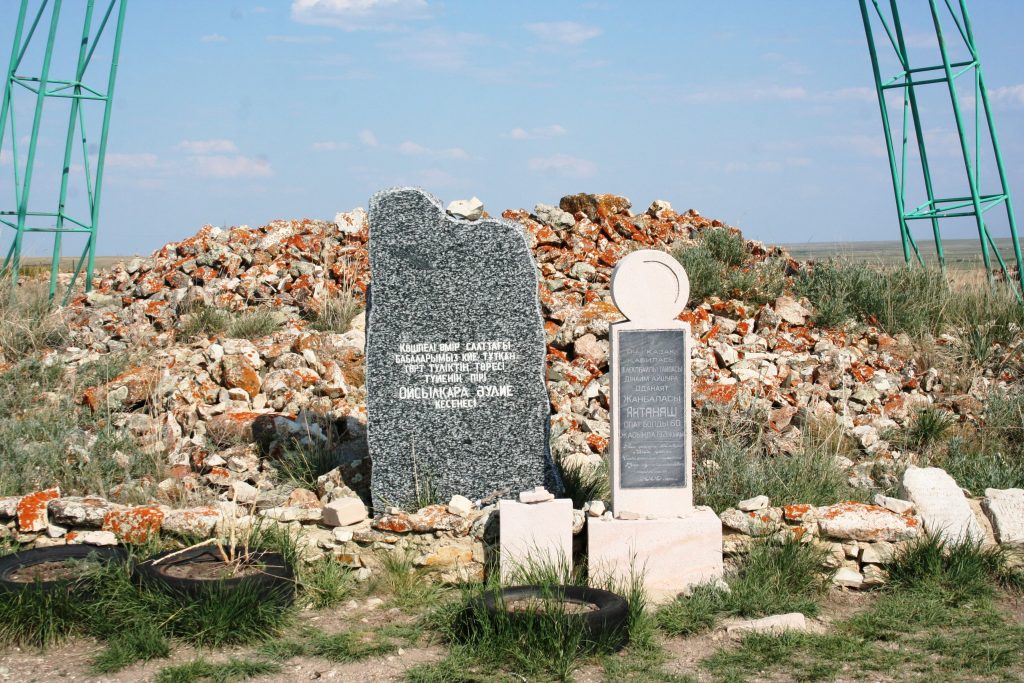
Research: information about the necropolis of Oysylkar can be found in the book of local historian R. Ilyasova "Kazyna". According to the author, the name of the settlement and the names of the river are associated with the name of Saint Oysylkar. In 1998 and 2010, the necropolis was investigated by a comprehensive ethno-archaeological expedition of the Sh. Valikhanov Institute of History and Ethnology under the leadership of S. Azhigali. In the article "Tort Tulik", he hypothesized that Oysylkara was an Arab named Uaysharra, who was considered the patron of camels, the person who first started herding them or the first producer of bactrians.
Brief description: the necropolis of Oysylkara is the largest memorial and cult complex of the Khromtau district of the Aktobe region. The name of the necropolis comes from the name of Oysylkar, the patron saint of camels. This complex, dating back to the XVIII–XX centuries, has a total area of 100x170 m., stretching from east to west. It is an ancient necropolis, including about 150 graves built in the traditional Kazakh style.
Legend: the time of the life of Saint Oysylkar dates back to about the VII–VIII centuries. According to the stories of aksakals, Saint Oysylkara preached the Sufi trend of Islam, and was a missionary in seven countries of the Sahara. Even during the Prophet's lifetime, he tried to meet him twice to no avail. Before his death, the Prophet left a date bone for him, asking the disciples to give it to "Oysylkara in the Sahara."
Before Oysylkar's death, knowing that people from seven countries would fight for the right to bury him in their country, he came on 7 camels with seven chests to this hill.
There is also information that Oysylkara was a religious figure who lived in the IX-XI centuries. Another patron of cattle, Shopan ata, is buried in Mangystau region, there is a mausoleum of Zenga Baba in Zhambyl region. The patron saint of camel breeding, Oysylkara, is buried in our region. But it is not known which Oysylkar the locality and the river were named after. There is no clear evidence of this phenomenon in science.Date of the monument: XVIII–XX centuries.
-
Location: Aktobe region, Khromtau district, 35 km away. to the south-southeast of the city of Khromtau


